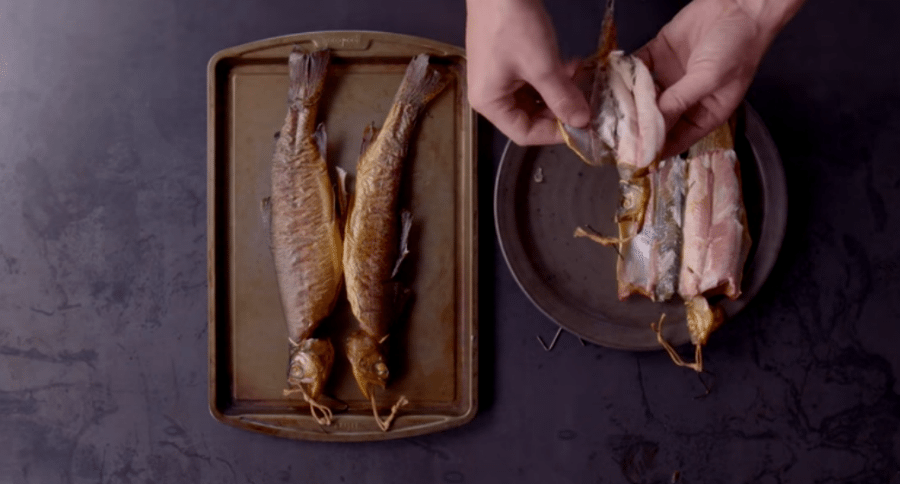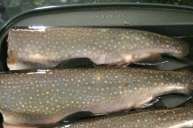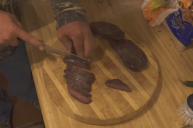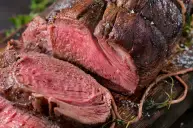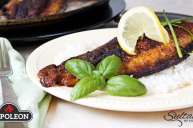Let Steven Rinella show you how to make your own smoked trout with this simple and easy recipe. Use almost any smoker to get the job done.
Anyone who's ever had smoked fish knows what a treat it is.
Smoked trout and salmon are commonly thought of as some of the best fish to preserve by smoking, although you can use this method on just about any fish and make it taste delicious.
Steve Rinella says that he typically smokes smaller trout up to 14 inches in length. Here's the ingredient list for his brine:
- ¾ cup kosher salt
- ½ cup granulated sugar
- ¼ cup brown sugar
- ¼ cup honey
- 8 cups lukewarm water
- 6 whole trout, up to 13 inches long, gutted, gills removed
- 1 (8-inch) length cotton kitchen twine for each fish, tied into a loop (optional)
Although Rinella uses a Weston smoker, you can use any smoker or even turn your grill into a smoker. All you really need is a space big enough to hold the fish - either suspended or laying flat - and a chamber to slowly burn (or smoke) your chosen wood.
Dissolve all of the ingredients together and chill. Completely submerge the cleaned trout in the brine, and weigh them down with a heavy plate. Let them soak for at least six hours in your refrigerator.
Then, remove the fish and pat them dry. Lay them on a rack in the fridge for two or three hours until they harden up a bit and feel tacky.
Get your smoker ready and preheat it to around 170 degrees. Use a wood that will lend a flavor you prefer to the fish. Suspend or lay the fish flat around a foot from the smoke source, and make sure that they aren't touching one another.
Start checking the fish after three or four hours. The fins will be dry and firm and the skin will be easy to peel away from the flesh. Get out the crackers and beer and enjoy!
If you start early this entire process can easily be completed in less than a day.
Like what you see here? You can read more great articles by David Smith at his facebook page, Stumpjack Outdoors.
NEXT: A Very Unusual 18th Century Recipe: Eel and Corn Succotash
WATCH
